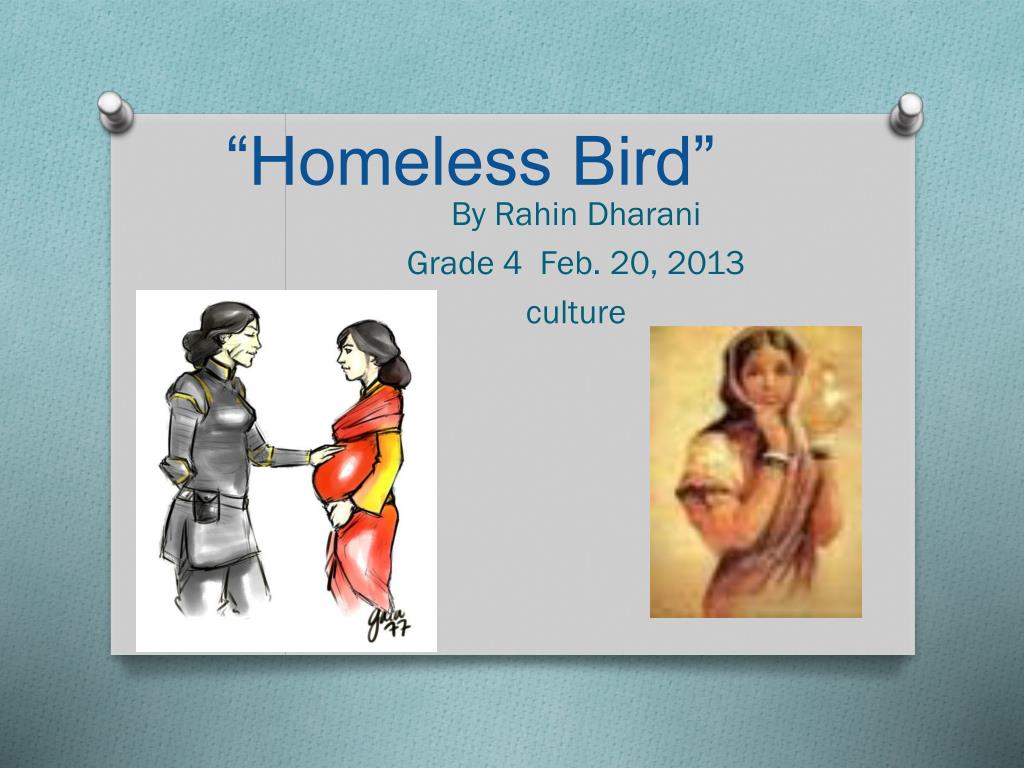

The city was a little harder to picture, but I guess all one really needs to know is that it's noisy and crowded (a stark contrast to Koly's earlier village life). I could easily visualize Koly's parents' house, and then the house of her husband's family. I thought the author described the setting quite well. I've read a couple of books now that are set in present-day India (well, this one is sort of current it was published in 2000, so while we do get glimpses of some modern-day features, it does seem a little bit dated). While this book definitely had strong settings and a good backdrop of cultural traditions, it wasn't as engaging or as complex as I wanted it to be. I find it fascinating to read about other places and cultures. This is the type of story I usually end up liking. And a life, like a beautiful tapestry, comes together for Koly- one stitch at a time. Her only choice seems to be to shed her name and her future and join the hopeless hordes who chant for food.Įven then, cast out in a current of time-worn tradition, this rare young woman sets out to forge her own exceptional future.


In the wake of her marriage, however, Koly's life takes an unexpected turn, and she finds herself alone in a strange city of white-sari-clad windows. On her wedding day, Koly's fate is sealed. According to tradition, though, she has no choice. When she discovers that the husband her parents have chosen for her is sickly boy with wicked parents, Koly wishes she could flee. Like many girls her age in India, thirteen-year-old Koly is getting married.


 0 kommentar(er)
0 kommentar(er)
